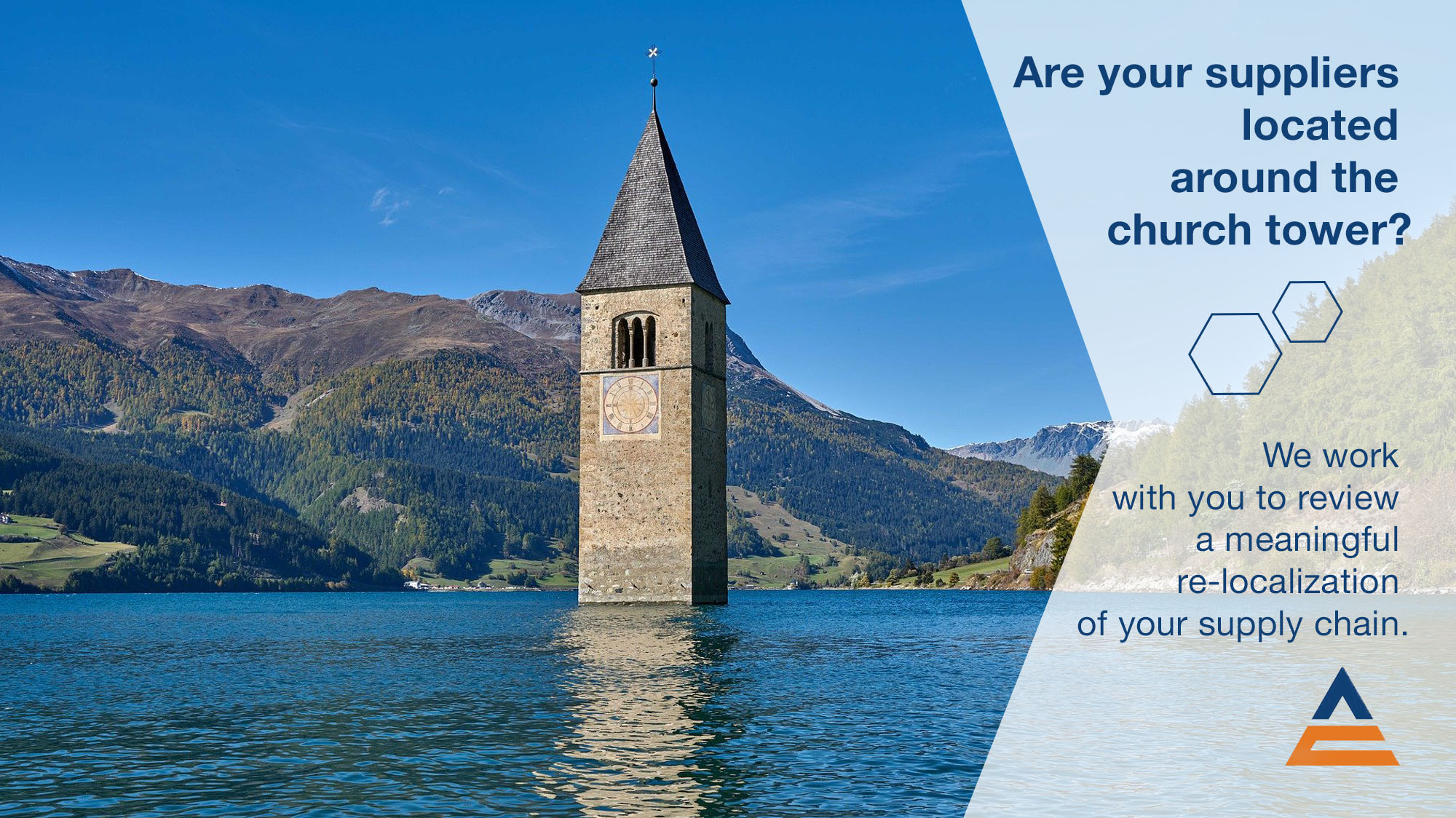Has global sourcing had its day?
Buyers see global supply chains as risk potential and are preparing relocation initiatives
When I started working in purchasing for a global corporation in the 1990s, there was a new magic word: „global sourcing“. It transformed the purchasing departments, previously often smiled at as extended accounting of the warehouse, into internationally operating units. From reactively controlled to strategically oriented. Coordinated with the expansion targets in view of rapidly growing markets in Asia and new production sites shooting up out of the ground. The focus was on enormous cost potentials and, at least it seemed at the time, almost infinite increases in production capacities.
Over the past 30 years, the supply chains, some of which were initially almost adventurous, have become gigantic supply streams. Essentially with a flow direction from east to west, at least from the perspective of most purchasing and supply chain managers in Europe and the USA.
Global supply chain constraints surprise
The corona pandemic is putting this model to the test. Interruption of supply chains for sensitive components in electrical engineering – just think of the difficulties in the series production of ventilators. Active ingredients for drugs that are urgently needed even during the pandemic. Textiles for the summer collections. Components for the automotive industry. The list is endless. What they all have in common is the public recognition of the global interlinking of supply chains and the dependency for one’s own value-added chain that this entails. To be honest, it surprises me a little that for some politicians or even company leaders it seems like a new-found insight. What surprises me is that they are (or pretend to be) surprised. The loud calls for a targeted „relocalization“ are getting louder.
The problem is not that there are „global“ supply chains. Admittedly, if these collapse, then reconstruction is more time-consuming. Conversely, however, until the flows from a global supply chain dry up, it takes an average of 6-10 weeks for most goods to start shrinking substantially due to the long transport distances.
The difficulty with the topic of „global sourcing“ and the associated supply chains is rather the unfortunately all too often still prevailing one-dimensional view and use. If it is operated strategically and sustainably, it has always been a question of closely accompanying risk management.
Balancing local and global supply chains
Global supply networks viewed purely in terms of price-driven cost optimization certainly help with quarterly reports and some annual financial statements. However, price-driven cost optimization is a rather volatile lever if it is not embedded in exactly what the original term „global sourcing“ implies: Actually, a global search for sources of supply. And global also includes the sources that are located around the proverbial church spire. We must not now succumb to the temptation to blindly exchange the dogma of widely ramified supply chains for that of a mainly local pool of suppliers. Neither one nor the other does justice to a risk assessment from a rational point of view. A strategically oriented risk management for stable and cost-efficient supply sources and chains has a (partly industry-specific) balanced, manageable set of ongoing assessment criteria. They are geared to the long-term resilience of the entire supply network. Transparency is created and transparency is the mandatory prerequisite for entrepreneurial risk minimization.
Yes, many buyers will probably find that when applying a balanced risk management system to their supply chains, one is geographically too one-sided. That they know too little about the supply chains of their main suppliers. But this is exactly where the enormous opportunity in the current situation lies. Not a blind actionism that swings from global to local (relocalisation). But rather the use of existing sources and the return to true „global sourcing“ – the transparent, balanced use of all available suppliers – regardless of whether they are 8,000 nautical miles away or 35 kilometers in the neighboring district.
It has always been a challenging task to build global supply chains. Those who operate it professionally and in a structured manner with a GLOBAL focus do not increase the risk, but rather reduce it sustainably and successfully!
Gregor van Ackeren
Managing Director, ADCONIA



